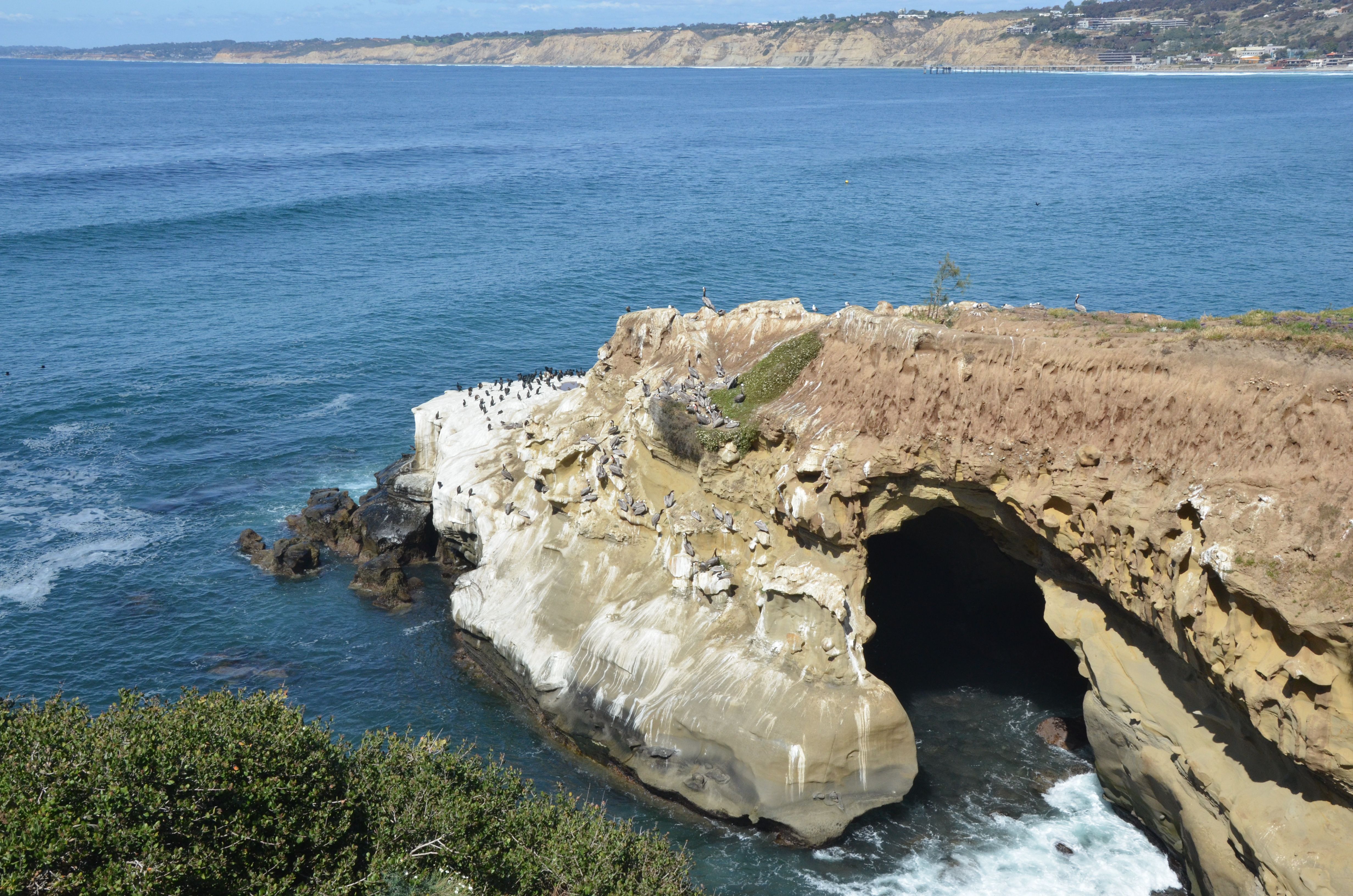Statsraad Lehmkuhl visits San Diego, November 11 - 16, 2025
What is now the city of San Diego was the place where European explorers first arrived and later settled after reaching California.
But, as in the rest of the United States, Indigenous peoples had inhabited this area for thousands of years. The Kumeyaay people lived in small villages. One of these, Kosa’aay, was located in what is now San Diego’s Old Town. Kosa’aay was home to 30–40 families living in pyramid-shaped houses.
San Diego de Alcalá
The first Europeans to arrive in San Diego were the Portuguese explorer Juan Rodríguez Cabrillo and his crew aboard the ship San Salvador. He claimed the bay for the Spanish Empire in 1542 and named the place San Miguel.
In November 1602, Sebastián Vizcaíno mapped the areas now known as Mission Bay and Point Loma. He renamed the site after the Catholic saint Didacus, better known as San Diego de Alcalá, giving the city the name it still bears today.

Presidio Hill
In 1769, the Spanish built a fort on Presidio Hill. They also established a mission, but it was moved a few kilometres after the Kumeyaay destroyed it in 1775. They did not welcome the Spanish takeover of the lands where they grew and gathered food.
When Mexico gained independence from Spain in 1821, San Diego became part of the Mexican province of Alta California. The fort on Presidio Hill was abandoned, and the mission station closed. The mission lands were given to former soldiers, and a small town – a pueblo – developed beneath the hill.
Conflict
However, conflict between the Kumeyaay and settlers continued, and many left the town.
By 1838, only 100–150 inhabitants remained, and San Diego lost its status as a pueblo. In 1846, the United States went to war with Mexico, and the same year, U.S. forces took control of several towns in Alta California – including San Diego, though only after heavy losses in what is now known as the Battle of San Pasqual.

After peace was declared in 1850, San Diego became the county seat of San Diego County. The original settlement under Presidio Hill was far from the harbour at La Playa, and during the 1860s, the town gradually moved toward the sea - where downtown San Diego is located today.

Rapid growth
Like San Francisco, San Diego grew rapidly during World War II, driven by the expanding defence industry. The growth continued after the war, and by 1950 the city’s population had doubled compared to 1930, reaching more than 300,000 residents.
Fishing was also an important part of San Diego’s economy, and a reason for people to come here for work, and in the 1970s the city was known as “the tuna capital of the world.”

During the late 1970s, jobs in the defence and aerospace industries declined, and San Diego shifted its focus. The city began to invest heavily in tourism and research. Today, the University of California San Diego (UCSD) is the city’s second-largest employer.

Warm and dry
San Diego’s landscape is rugged and diverse, shaped by hills, and canyons cutting trough flat plateaus known as mesas.
Summers are warm and winters mild, and the landscape is covered with drought-resistant trees and shrubs. Most of the city’s modest annual rainfall, 249 millimetres a year, falls between December and March. The normal maximum temperature ranges between 19 and 21°C in winter, and 22 to 25°C in summer and autumn.
Like San Francisco, San Diego often experiences a band of fog along the coast.
Normal maximum temperature in November: 22 °C
Normal rainfall in November: 20 mm




